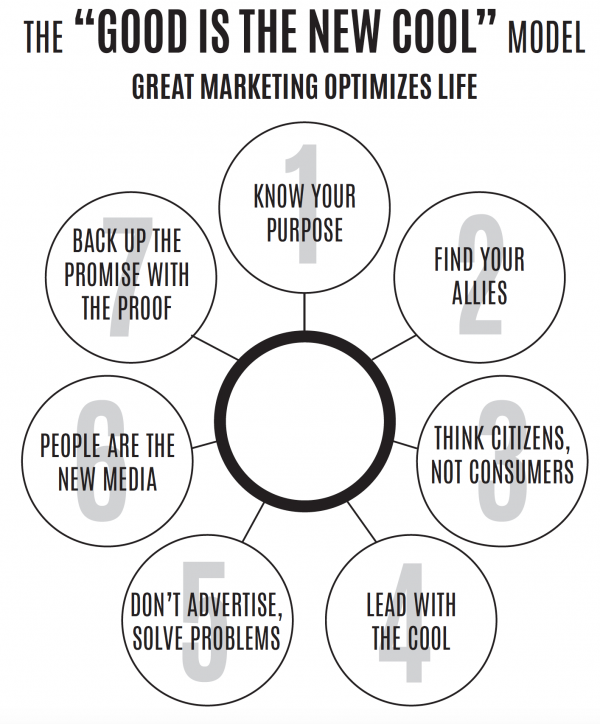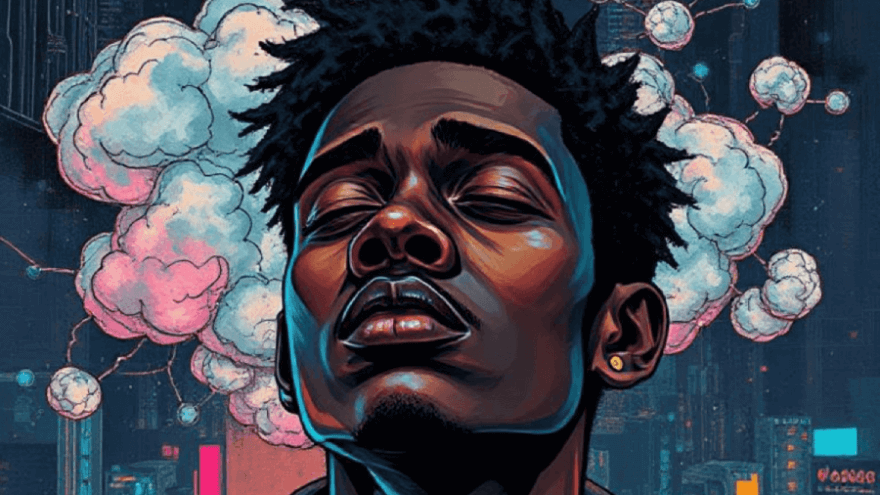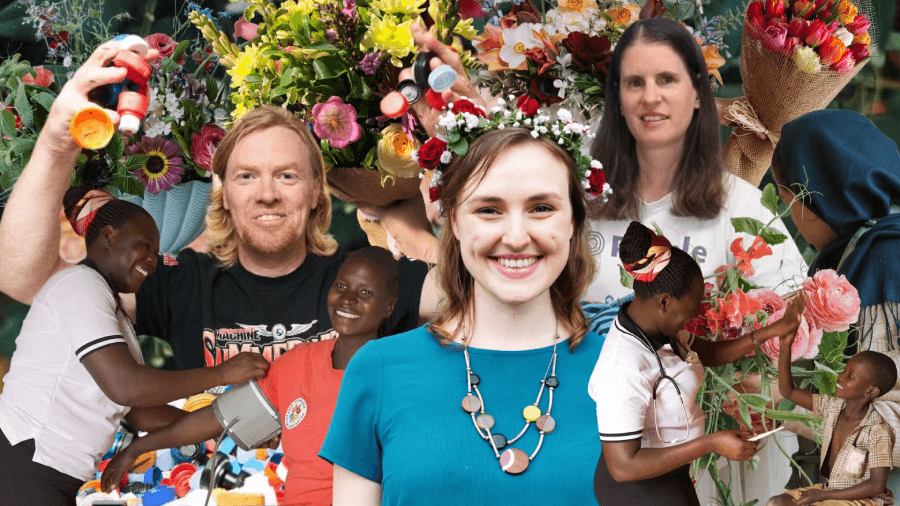Building on our belief “Great Marketing Should Optimize Life,” we think that today there is a powerful new model where brands (“Commerce”), nonprofits (“Conscience”), and artists (“Culture”) can work together to “Make Money and Do Good by Harnessing the Power of Cool.”
Each of these entities has valuable strengths. Brands with their budgets and customer bases have reach and resources; artists have the ability to shine a spotlight on an issue, and help engage their fan bases; nonprofits have in-depth knowledge of how to solve issues, and armies of workers and volunteers are dedicated to their cause. In fact, nonprofits even have the advantage of their own software to help them to organize themselves like that found at UpMetrics for example, so their strengths immediately excel.
Working together allows us to solve issues within each of our own industries. Brands that genuinely find purpose and align themselves with nonprofits and artists to create large-scale, meaningful ways to solve people’s problems, will be able to solve the “trust gap” with consumers and turn them into their biggest advocates. Artists who partner with brands and nonprofits in sustainable and respectful ways can use their talents to not only give them new canvases, but also leave behind a moral legacy as well as an artistic one. And social entrepreneurs who create alliances of integrity with the right artists and brands can find ways to use the power of cool to do more good than if they tried on their own.
We all need each other to make what we do more meaningful, more powerful, and reach more people. To do that, we should follow these seven principles.
1. Know Your Purpose: The greatest companies today have a higher-order purpose than just profit. Disney’s is “We create happiness by providing the finest in entertainment for people of all ages, everywhere,” Tesla’s is “To accelerate the world’s transition to sustainable energy,” and Nike’s is “To bring inspiration and innovation to every athlete in the world.” Think about how inspiring these purposes are to the customers and employees of these companies-far more than any quarterly profit goal. Finding your brand’s higher-order purpose is the first step to unlocking a tremendous amount of meaning and potential.
2. Find Your Allies: Today’s brands must build coalitions of allies with common purpose-especially with nonprofits (who bring an in-depth knowledge of how to solve issues) and “Architects of Cool” (who are able to shine a cultural spotlight and ignite societal change). That’s a terrifically powerful way to tackle the massive problems facing the world today. As the African proverb says, “If you want to go fast, go alone. If you want to go far, go together.”
3. Think Citizens, Not Consumers: We believe that if you only treat people as “consumers” of your product, you are condemned to have only a one-dimensional relationship with them. Conversely, if you treat people as “citizens”-with a range of passions, concerns, and goals-you will be able to have a much richer, multidimensional relationship with them. In that relationship your purpose as a brand can find common ground with their purpose; instead of being in a “transactional” relationship, you can be in a “transformational” relationship.
4. Lead With The Cool: Today it is no longer just enough for a brand to be “good”; it must also be “cool.” It must have great design and a great story, and it must be an object of desire. People don’t buy Warby Parker glasses just because buying a pair donates another pair to a person in need. They buy them because they have amazing designs at great prices, conveniently available online or in great store experiences. Smart, socially impactful brands from Method to Tesla know the “power of cool” in helping shift behavior.
5. Don’t Advertise, Solve Problems: Instead of just defaulting to advertising as the solution to everything, we believe the natural intersection that brands can and should focus on is adding value to their consumers’ lives by solving problems. These problems could range from the “everyday” (e.g., time-saving services and products) to the “epic” (e.g., ending poverty, income inequality, or environmental pollution). What brands choose to work on depends on their organizational purpose and goals.
6. People Are The New Media: In an age of increasing ad blocking, how do you communicate your message at scale? According to a study by Nielsen, 92 percent of people trust recommendations from friends and family more than all other forms of marketing. And 81 percent of US online customers’ purchase decisions are influenced by their friends’ social media posts.2 Marketers should be obsessive about creating marketing experiences, products, and services that are so good people will want to spontaneously tell their friends, coworkers, and family about them.
7. Back Up The Promise With The Proof: “Young people have been marketed to since they were babies, they develop this incredibly sophisticated bullshit detector, and the only way to circumvent the bullshit detector is to not bullshit,” says Vice founder Shane Smith. Make sure you back up the “Promise” of the brand (your marketing communication) with the “Proof ” (actual tangible evidence of the good you are doing). Otherwise your customers and community will expose it for the empty rhetoric it is.

To summarise our point of view: instead of creating yet more advertising, your goal should be to create “purpose-based” marketing experiences and services that are so inspirational, educational, or useful that they create an army of advocates to help spread the story of your brand in a rich, authentic way. That’s how we think “Great Marketing Optimises Life,” and that’s how marketers can find more meaningfulness in the work they do.
Good is the New Cool presents a new kind of gathering, providing attendees from the worlds of brands, non-profits, and culture with inspiring talks, immersive experiences, and a warm, inclusive community.
Based on the best-selling book of the same name, the conference will focus on inspiration and innovation around key principles that help unleash powerful social impact, including contributions from UNICEF, Activista LA, IKEA, Microsoft, Tiddas 4 Tiddas, UnLtd, Sparkke, Good Beer Co and more!




1 thought on “7 Tips to Help to You Build Social Impact into Your Brand”
Hey Jay,
Great article. I thought you might also appreciate this really helpful definitive guide on Brand Purpose Strategy to go with your points above.
https://brandmasteracademy.com/brand-purpose/
Would like to know your thoughts
Cheers